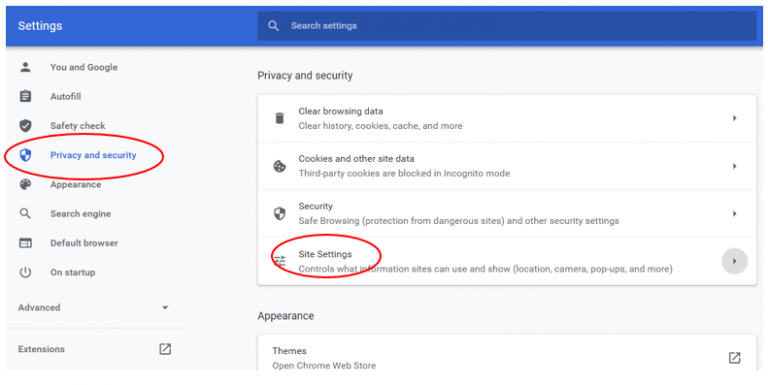
This special url scheme allows Google to make sure any data not included with ChromeOS is handled safely with all the safeguards that the Chrome browser provides and that this data can't access functionality reserved for system components. For example, if you block the Wi-Fi subpage chrome://os-settings/networks?type=WiFi, users can still go to the page by using the navigation code within settings from the JavaScript console.ĬhromeOS system components use chrome-untrusted:// to process data from users or the web and blocking it is not recommended as it will break some system components. The c hrome://settings and chrome://os-settings URLs should be considered part of the operating system for ChromeOS and part of the browser for Chrome and should never be blocked.Įven if you do block some of them, some users might get around this policy by using JavaScript commands to navigate to these pages regardless. It is best practice to not block some URLs. For example, if you block an entire website and allow a specific webpage URL for that site, users might be able to access other content on that website. Sometimes, the blocklist and allowlist does not work as expected. Allow Chrome browser to open apps-Allow specific external protocol handlers so that Chrome browser can automatically open certain apps.

Then, use the allowlist to let users access certain schemes, subdomains of other domains, ports, or specific paths.

Want to remotely manage ChromeOS devices? Start your Chrome Enterprise Upgrade trial at no charge todayĪs a Chrome Enterprise admin you can block and allow URLs so that users can only visit certain websites.


 0 kommentar(er)
0 kommentar(er)
